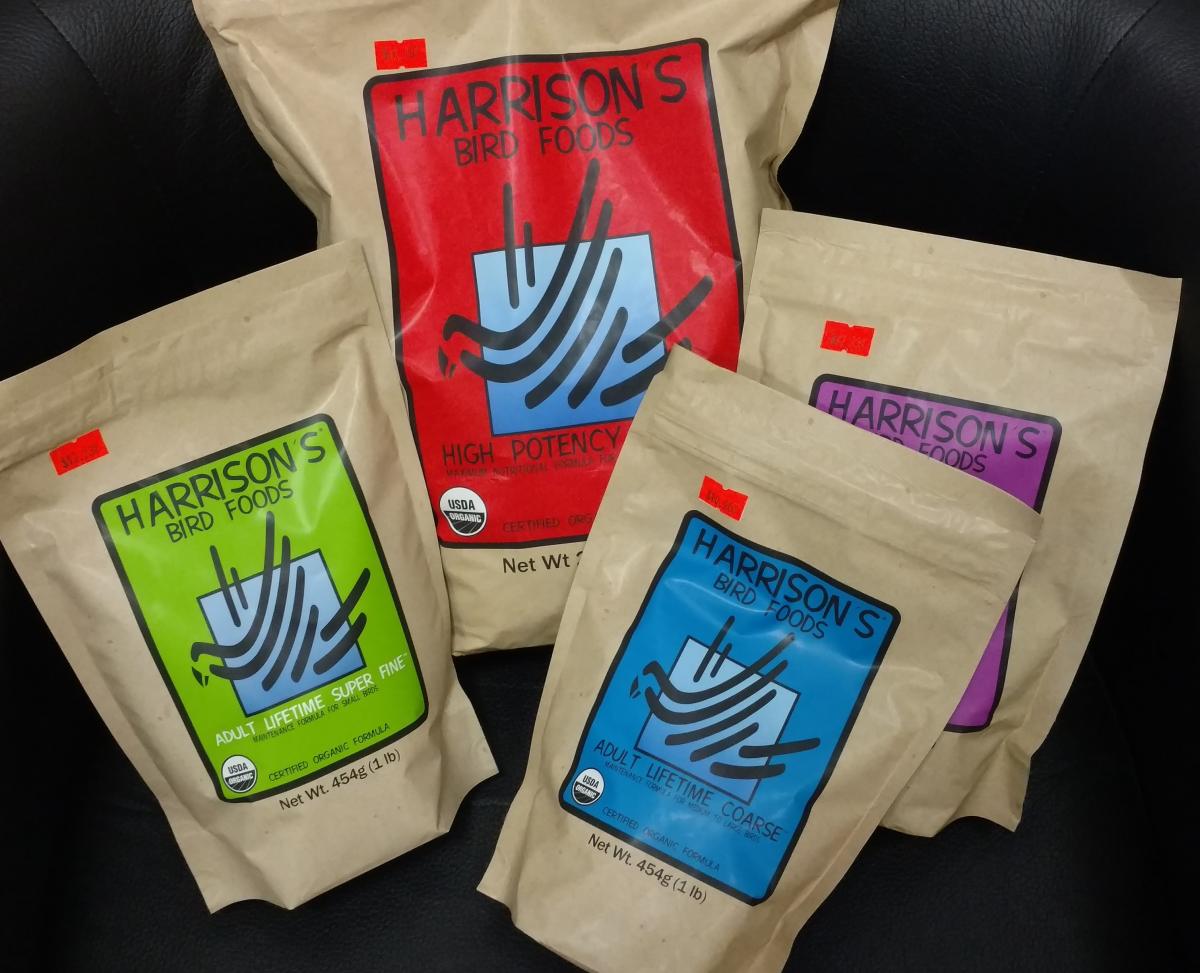Budgerigars (Parakeets)

Budgerigars, also known as budgies or parakeets, are one of the most common parrots in captivity. Despite their small sizes, these birds pack powerful personalities. Hand-raised budgies can be great companions and many even are very good talkers and mimics. Budgerigars need a lot more care to stay healthy than most people expect. A balanced diets (not just seeds), spacious cages with different heights of perches and different diameter perches, access to ultraviolet-B radiation, and regular baths are needed to stay in peak condition.



 Everyone knows that eating a good diet is one of the best things we can do to stay healthy and the same is true for our pet birds. The question that we must then ask is “What is the best diet for our birds?” Of course this will vary for the species in question but there is an unfortunate misconception out there that seeds are all a pet bird needs to stay healthy. This has led to many pet birds developing nutritional disorders and therefore, seed alone diets have been implicated as a problem. It is true that in the wild, seeds are consumed by many species of birds but that is not all they eat. Parrots in the wild will eat various types of seeds, nuts, fruits, beans, flowers, and even foliage from plants. The varieties of seeds that are foraged for in the wild are numerous and different studies have shown birds to consume greater than 20 different seed types. In captivity many of our seeds mixes only have 5-7 different types of seeds.
Everyone knows that eating a good diet is one of the best things we can do to stay healthy and the same is true for our pet birds. The question that we must then ask is “What is the best diet for our birds?” Of course this will vary for the species in question but there is an unfortunate misconception out there that seeds are all a pet bird needs to stay healthy. This has led to many pet birds developing nutritional disorders and therefore, seed alone diets have been implicated as a problem. It is true that in the wild, seeds are consumed by many species of birds but that is not all they eat. Parrots in the wild will eat various types of seeds, nuts, fruits, beans, flowers, and even foliage from plants. The varieties of seeds that are foraged for in the wild are numerous and different studies have shown birds to consume greater than 20 different seed types. In captivity many of our seeds mixes only have 5-7 different types of seeds.